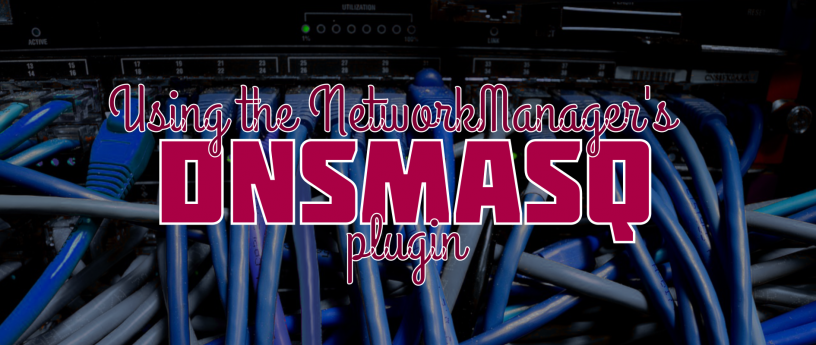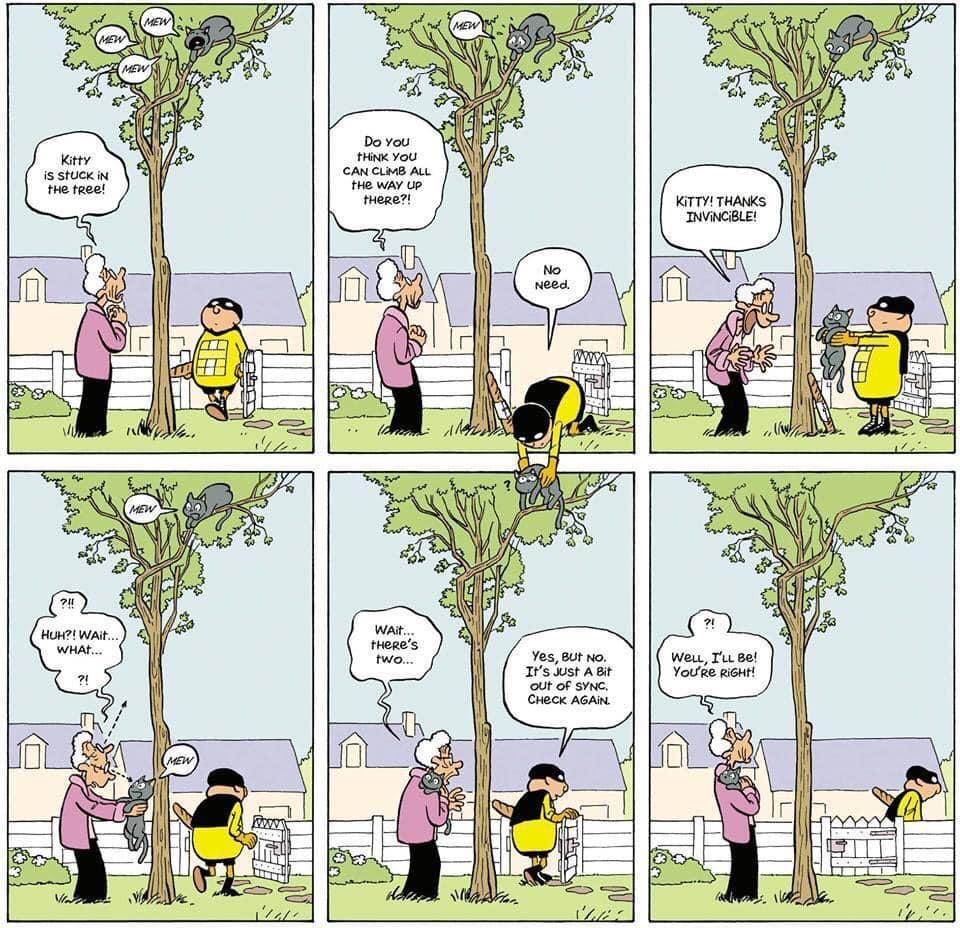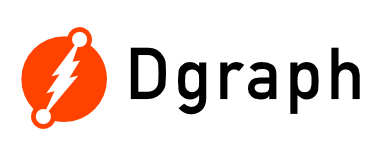In the “How to Bootstrap Kubernetes the hard way!” Yair Etziony shows how to setup a local Kubernetes cluster without using the tools like Minikube or Google Kubernetes Engine. He says it’s probably somewhat more difficult in the beginning, but eventually provides better understanding and knowledge, especially so for those who are just getting their feet wet in Kubernetes and container orchestration.
Month: March 2019
Using the NetworkManager’s DNSMasq plugin

Fedora Magazine runs a handy article for anyone using work/corporate VPNs from a home computer – “Using the NetworkManager’s DNSMasq plugin“. This is also not the only use for the DNSMasq plugin. It comes in useful when you work local cluster setups for development or testing. Furthermore, pretty much any setup where you need to route DNS queries to different servers, this can either be used out of the box, or provide good ideas as to how to solve the problem.
Eventual consistency

This is awesome!
Dgraph – fast, transactional, distributed graph database

Dgraph is a fast, transactional distributed graph database, written in Go. It’s Open Source too.
If you need a quick introduction to graph databases or if you are wondering whether you need to use one, here’s a good video to get you started.
For even more insight, read “Why Google Needed a Graph Serving System“. There are some interesting examples of problems, solutions, and data discovery. For example:
Cerebro would often reveal very interesting facts that one didn’t originally search for. When you’d run a query like
[us presidents], Cerebro would understand that presidents are humans, and humans have height. Therefore, it would allow you to sort presidents by height and show that Abraham Lincoln is the tallest US president. It would also let people be filtered by nationality. In this case, it showed America and Britain in the list, because US had one British president, namely George Washington. (Disclaimer: Results based on the state of KG at the time; can’t vouch for the correctness of these results.)
Learn Enough Docker to be Useful

“Learn Enough Docker to be Useful” is a series of articles (so far 6) that explains different parts of Docker in a very simple and straightforward way. Here are the parts so far: